

Shuangquanpu in north Beijing has transformed from a shanty town of over 100,000 people to a park area, which allows northern winds to pass through and disperse smog in the national capital.
Located outside the northern section of the fourth ring road, the village had 14 wholesale markets for food, construction materials and other commodities.
Demolition started two years ago, and now a seven-hectare park is under construction, said Li Jianjun, secretary of the Communist Party of China Tayuan Village General Branch.
"It used to be a mess here. Villagers built their apartments up to seven-stories high and rented out to migrant workers. Tangled wires flew in the air and buildings were only 50 centimeters apart. In 2014, we had 30 fire reports," Li said.
Officials asked villagers and migrant workers to clean and restore order in the area.
"Our village has been marked as an air passage for the city, so everything must be constructed around this purpose," Li said.
Transformation like the one in Shuangquanpu is common in Beijing. This week, the Standing Committee of Beijing Municipal People's Congress is reviewing the half-year economic and social development results.
Over 30 million square meters of illegal construction were dismantled in the first half year, up 2.9-fold year on year, said Tan Xuxiang, director of Beijing Municipal Commission of Development and Reform.
A total of 131 markets were closed or renovated, and close to 500 plants were relocated, he said.
Garments wholesalers in a 40,000 square meter market near Beijing Zoo gave way to a slew of finance and hi-tech companies.
"We are emptying the cages to change the birds," Tan said.
According to the commission, from January to June, Beijing's hi-tech industries grew by 18.2 percent. About half of Beijing's 6.8 percent growth for the first half of the year was contributed by finance, technology and information service industries.
While applauding the achievement, Tan said Beijing needed to firmly stay on course for quality growth.
"We need to continue to improve management of the city, and continue to tackle air pollution and the shortage of education and medical resources," he said.
Listing the plan for the coming months, Tan said Beijing would continue to phase out markets and make policies to stimulate growth for hi-tech industries.
Beijing will build 10 high-quality elementary and middle schools in suburban areas and areas with major projects and skilled workers. More facilities will be built for the elderly, he said.
 Picturesque summer scenery of Tuohulasu Prairie in Xinjiang
Picturesque summer scenery of Tuohulasu Prairie in Xinjiang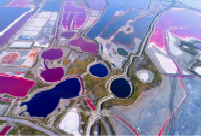 Colors of summer: Yanhu lake transforms into muti-colored pools
Colors of summer: Yanhu lake transforms into muti-colored pools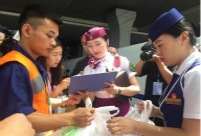 China’s high-speed railway now offers food at the click of a button
China’s high-speed railway now offers food at the click of a button New uniform coming to PLA
New uniform coming to PLA Gambler or dreamer?
Gambler or dreamer?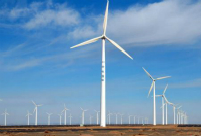 China is world’s largest renewable energy producer, consumer
China is world’s largest renewable energy producer, consumer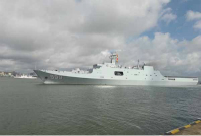 Chinese base in Djibouti not military expansion
Chinese base in Djibouti not military expansion Legislation needed to protect China’s dark sky resources
Legislation needed to protect China’s dark sky resources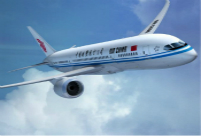 China’s domestic airlines' carrying capacity beats the US
China’s domestic airlines' carrying capacity beats the US Top 10 most sustainable cities in China
Top 10 most sustainable cities in China Top 10 European patent applicants in 2016
Top 10 European patent applicants in 2016 The power of 'She' in China
The power of 'She' in China Seven most beautiful art museums in China
Seven most beautiful art museums in China Washington needs to take a fair look at Sino-US trade
Washington needs to take a fair look at Sino-US trade Fuxing high speed trains restore confidence in Chinese tech at home and abroad
Fuxing high speed trains restore confidence in Chinese tech at home and abroad  Warning against ‘irrational overseas investment’
Warning against ‘irrational overseas investment’  Betting on cashier-less retail
Betting on cashier-less retailDay|Week